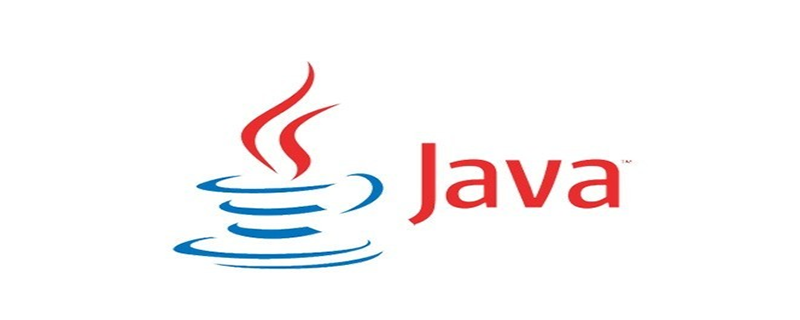

1:file:文件的创建和删除;
File file=new File("D:\\word.txt");绝对路径
File file=new File("word.txt");相对路径
if(!file.exists()) { file.createNewFile();} 不存在时,创建新的
if(file.exists()) { file.delete();} 存在时,删除操作
file.length();汉字两个字节一个,字母空格数字一个字节一个,换行两个字节。(long)
file.isFile()判断是否存在
file.canRead()判断是否可以读
file.canWrite();判断是否被写入
file.getAbsolutePath()获取绝对路径
file.lastModified()最后的修改时间(long)2:文件输入输出流
文件txt的写入当执行流的时候文件内容会被清空,读取不会清空文件内容
FileInputStream和FileOutputStream类(读取,写入)
File file=new File("D:\\word.txt");
FileOutputStream out=new FileOutputStream (file);//写入
byte bite[]="abcdefg牛123*?!#".getBytes();
out.write(bite);//在文件中写入相应信息
out.close();
FileInputStream in=new FileInputStream (file);//读取
byte bite2[]=new byte[1024];
int len=in.read(bite2);//从文件中读取信息。返回字节数,符号数字字母一个字节,汉字两个字节
System.out.println(new String(bite2,1,len-2));//字节数组,初始结尾输出bcdefg牛123*?
System.out.println(len);//输出16
in.close();//关闭流FileReader和FileWriter类(读取,写入)
File file=new File("D:\\word.txt");
FileWriter out=new FileWriter(file);//写入
String a="hellow张三\n";
out.write(a);
out.write(a);
out.close();//关闭流
FileReader in=new FileReader(file);//读取
char ch[]=new char[1024];
in.read(ch);
System.out.println(ch);//hellow张三
//hellow张三 当输出ch[7]=三,ch[8]="";ch[9]=h;换行中间有一个空
in.close();//关闭流两类的区别在于FileInputStream和FileOutputStream类(读取,写入)处理字节流,很适合处理音频等文件不适合处理汉字文档,因为汉字和英文字母不同两个字节,而FileReader和FileWriter类(读取,写入)适合处理字符文本内容,不会乱码。
3:带缓存的输入,输出流
BufferedInputStream和BufferedOutputStream BufferedInputStream(InputStream in)//32个字节缓存流 BufferedInputStream(InputStream in,int size)//size个字节缓存流 BufferedOutputStream(OutputStream out) BufferedOutputStream(OutputStream out,int size); BufferedWriter和BufferedReader
String a[]= {"张三你好","李四你好","李四你好"};
File file=new File("D:\\word.txt");
FileWriter out=new FileWriter(file);//写入
BufferedWriter bufw=new BufferedWriter (out);
for(int i=0;i<3;i )
{
bufw.write(a[i]);//写入
bufw.newLine();//换行,写入一个行分隔符
}
bufw.close();
out.close();//关闭流
FileReader in=new FileReader(file);//读取
BufferedReader bufr=new BufferedReader(in);
String s=null;
while((s= bufr.readLine())!=null)
{System.out.println(s);}
//一定要赋值,readLine()是一种动态方法返回字符串。不可 while(bufr.readLine()=null)System.out.println(bufr.readLine());}
//这样就默认调用了两次函数。。。
bufr.close();
in.close();//关闭流
/*
* 输出:
* 张三你好
* 李四你好
* 李四你好
*/4:数据输入,输出流
DateInputStream和DateOutputStream DateInputStream(InputStream in)使用指定基础的InputStream创建 DateOutputStream(OutputStream out) DateOutputStream三种写入字符串方法 writeBytes(String s) java 字符是双字节的,将字符的低字节内容录入。 writeChars(String s) 每个字符的两个字节内容 writeUTF(String s) 将字符按照utf编码录入 DateInputStream读取字符串 readUTF();
Atas ialah kandungan terperinci Java IO知识点. Untuk maklumat lanjut, sila ikut artikel berkaitan lain di laman web China PHP!